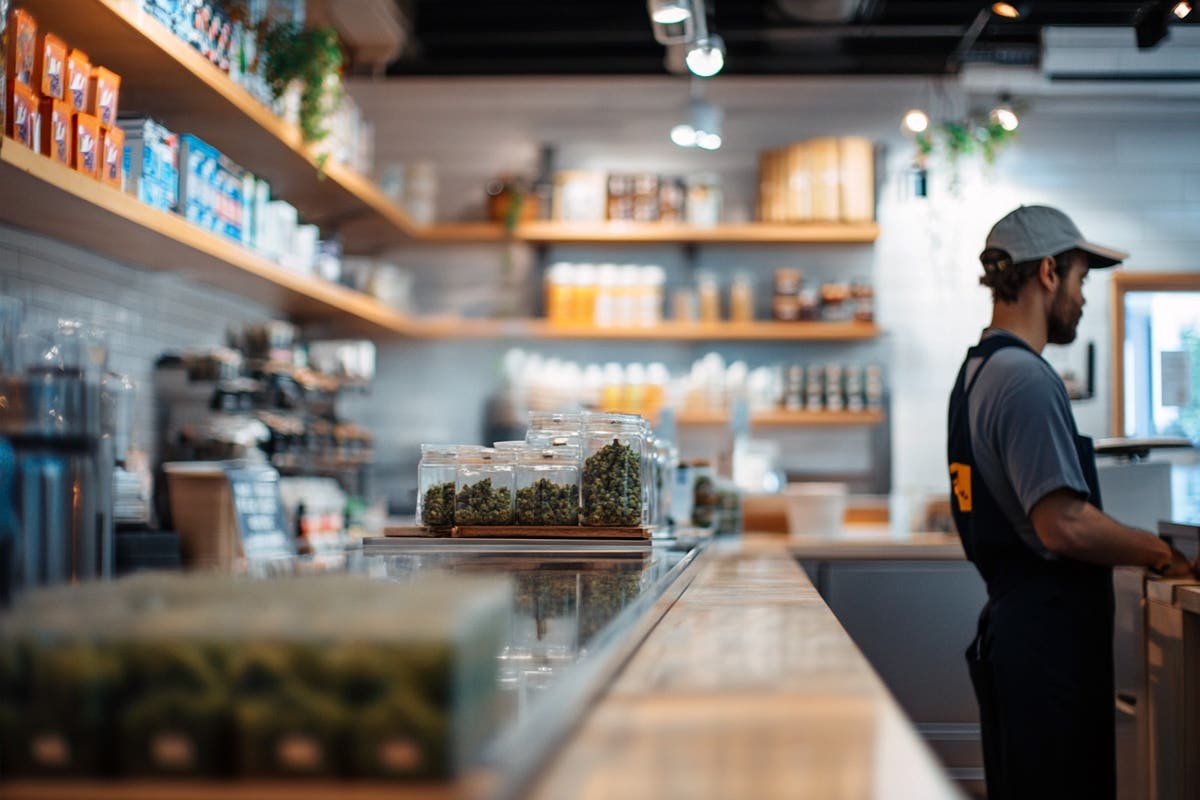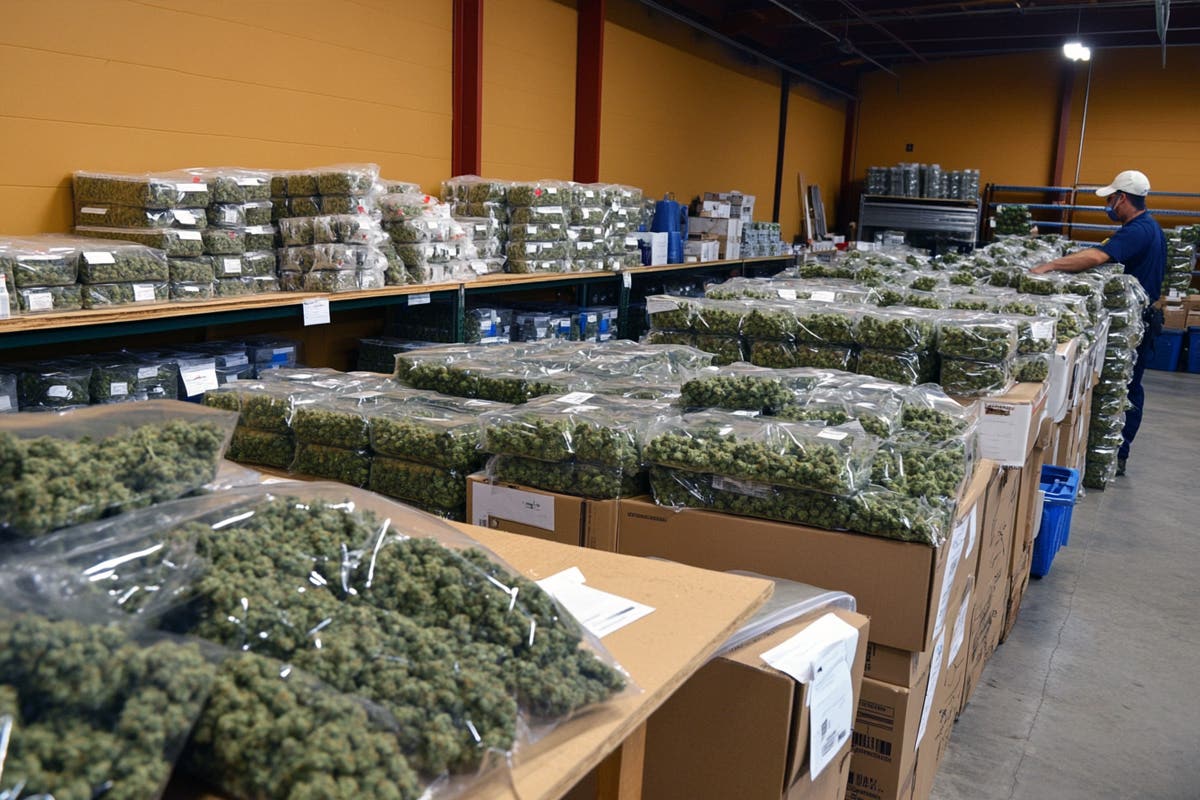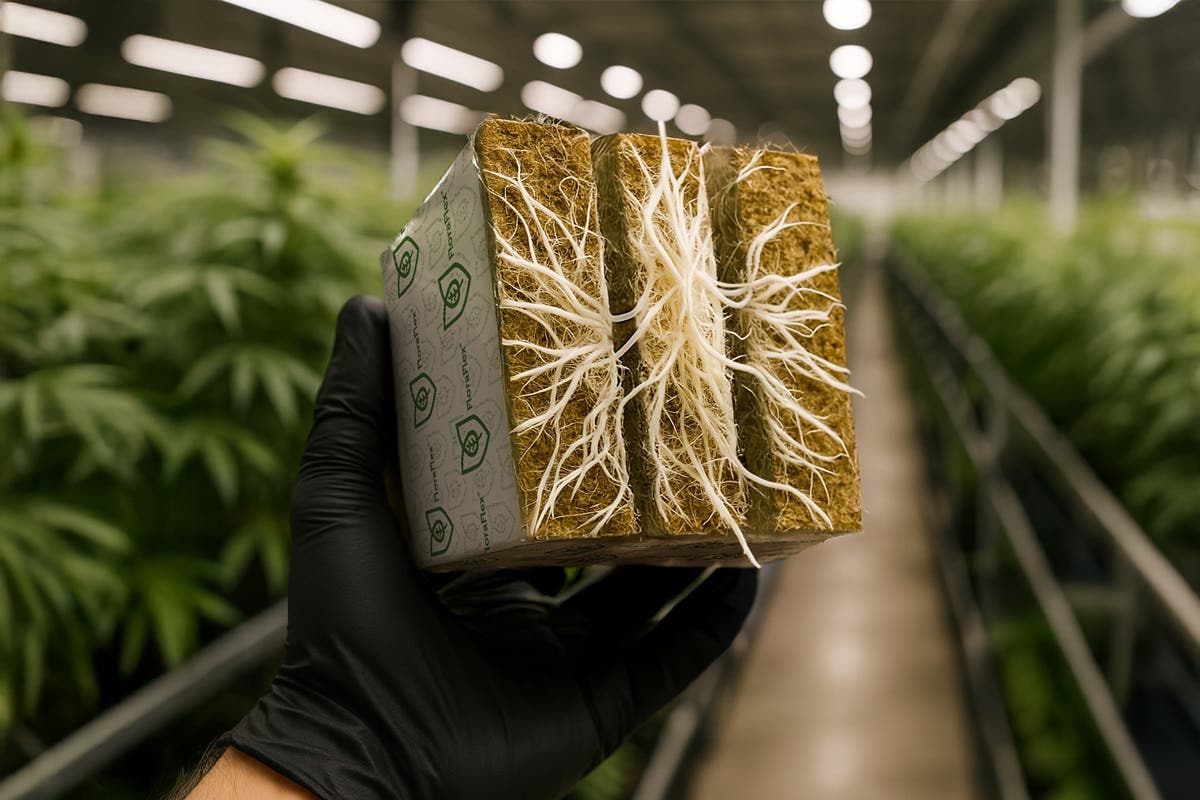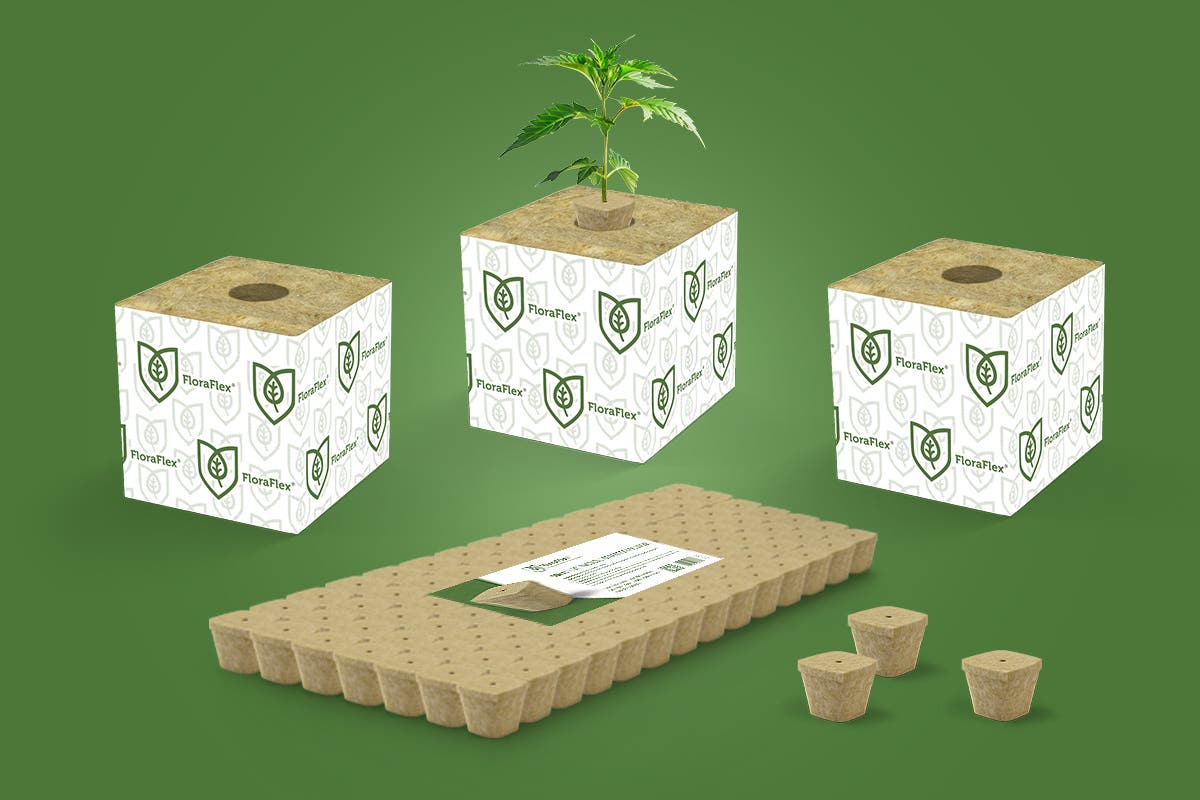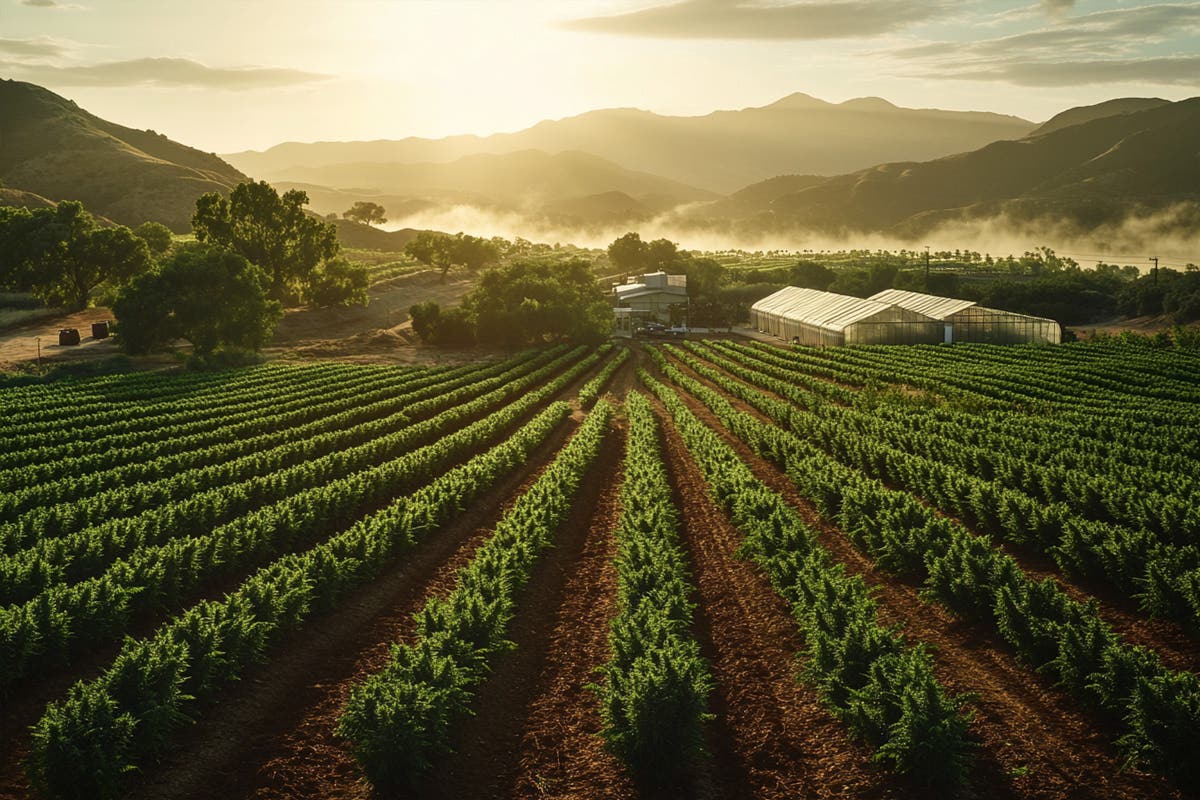Why Prune and Train Outdoor Cannabis?
Pruning and training serve several purposes in outdoor cannabis cultivation. These techniques allow growers to:
-
Maximize Light Penetration: By removing excess foliage and creating an open canopy, more light can reach the lower parts of the plant, promoting bud development and overall yield.
-
Improve Airflow: Proper pruning and training techniques create space between branches, allowing for better airflow. Improved airflow helps reduce humidity levels and prevents the development of mold and mildew.
-
Manage Plant Size: Pruning and training allow growers to control the size and shape of their cannabis plants. This is particularly useful for maintaining discreet gardens and managing plant height in regions with height restrictions.
-
Encourage Bud Development: By removing lower, shaded foliage and focusing growth energy on the main colas, growers can encourage larger, denser buds.
Pruning Techniques
-
Selective Leaf Removal: Remove larger fan leaves that are shading bud sites or blocking light penetration. However, avoid removing too many leaves at once, as they play a vital role in photosynthesis.
-
Topping: Topping involves removing the main shoot's terminal growth, promoting the growth of multiple colas. This technique encourages bushier growth and increases the number of potential bud sites.
-
Lollipopping: Lollipopping involves removing the lower branches and foliage, focusing growth energy on the upper canopy. This technique improves airflow and directs nutrients to the topmost buds.
-
Defoliation: Defoliation involves removing some of the larger leaves during the flowering stage to expose bud sites and improve light penetration. However, exercise caution and avoid excessive defoliation that may stress the plant.
Training Techniques
-
LST (Low-Stress Training): LST involves gently bending and tying down branches to encourage horizontal growth. This technique promotes an even canopy and exposes more bud sites to light.
-
SCROG (Screen of Green): SCROG involves using a screen or net to create a horizontal canopy. As the plant grows, branches are trained to grow through the screen, creating an even canopy with multiple bud sites.
-
Supercropping: Supercropping involves strategically damaging the plant's stems to promote lateral growth and increase bud production. This technique should be performed carefully to avoid damaging the plant.
-
Trellising: Trellising involves providing support for the plant by using stakes, cages, or trellises. This technique helps maintain the plant's structure and prevents branches from breaking under the weight of heavy buds.
When to Prune and Train
Pruning and training should be done during the vegetative stage of cannabis growth. Start pruning and training early to allow the plant to recover and adapt before flowering. Avoid performing any drastic pruning or training during the flowering stage, as this may disrupt bud development and stress the plant.
Pruning and training are essential techniques for outdoor cannabis growers seeking to maximize yields and promote healthy plant growth. By selectively removing foliage, managing plant size, and utilizing various training methods, growers can optimize light exposure, airflow, and bud development. Remember to practice caution, monitor plant response, and adjust techniques as necessary. With proper pruning and training techniques, you can achieve better yields and cultivate healthy, robust outdoor cannabis plants.










